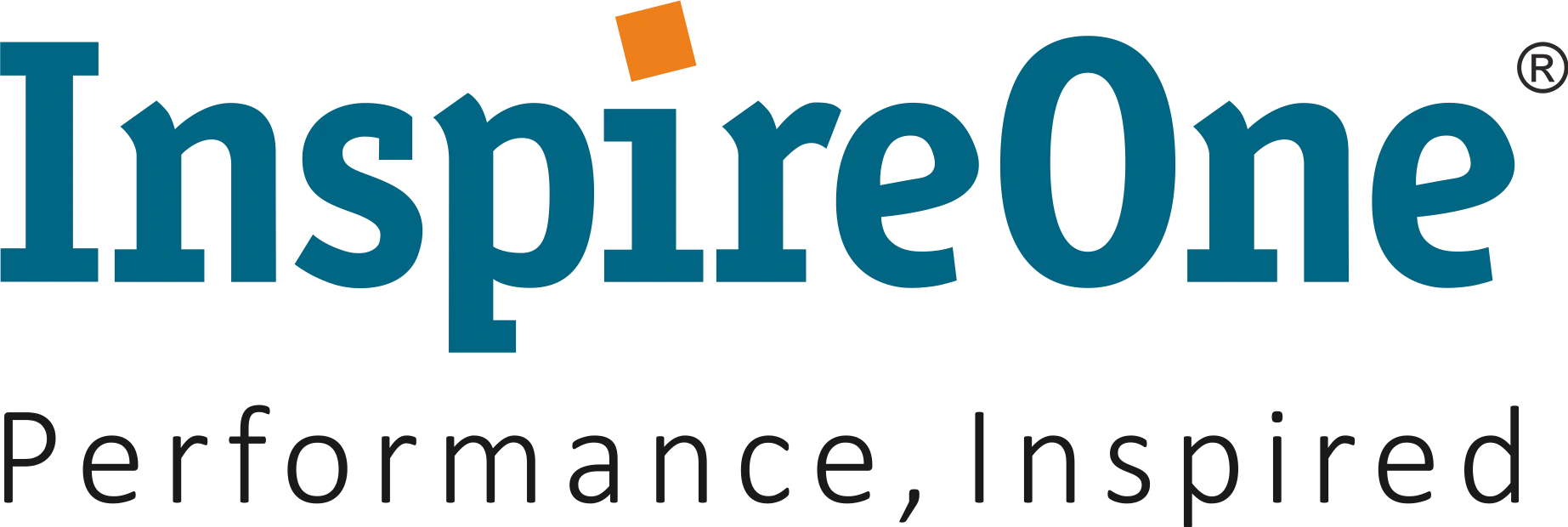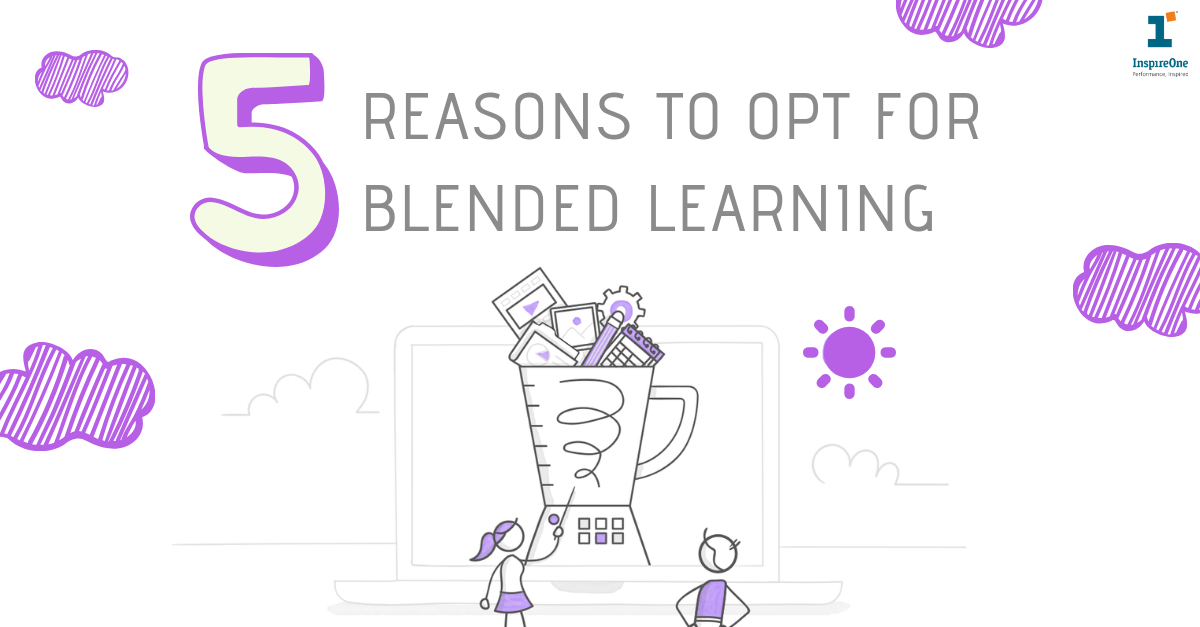Over the last decade, the L&D domain has witnessed a gradual transformation towards technology-driven blended learning to support organisations with different learning requirements and varied audiences. While most organisations are not fully abandoning the conventional methods, blended learning solutions are fast emerging as the preferred route for many as organisations are realizing that a standalone approach of only non-interactive online learning or only classroom based face-to-face training workshops may not provide sustainable impact.
Every learning methodology has its advantages and disadvantages and before we get into understanding why blended learning is outweighing other traditional learning methods, let’s first understand the composition of blended learning solutions.
To put it in simple terms, a blended learning solution is an amalgam of web-based learning and instructor led learning. It’s a combination of technology and human interaction created with an intent of optimizing of learning objectives via the use of most relevant technologies and traditional methodologies to match the learner’s personal learning style.
Here is a look at key reasons behind the rising trend of usage of blended learning solutions as a chosen option by organisations:
Rise in the Number of Millennials in Workforce
most of the new entrants in the workforce today are millennials… Research shows that millennials as a generation are characterized by shorter attention span who want to learn “on the go”. Further, these prosumers do not like learning to become an exhausting exercise. Finally, with the shift of the locus of attention to the hand-held device they want the learning and the accessibility of it as effortless as possible. To overcome the daunting challenges posed by this new generation of learners, learning managers are choosing engaging “technology driven” and “effortless” ways to keep the learners interested in the learning.
Self-paced
With the demands of performance becoming increasingly steeper, many learning managers are facing a difficulty in pulling out learners for a face to face classroom based training. At the same time, it is important to provide continuous learning for enhanced performance in current and future roles. Blended learning can provide learners with instant access to their learning materials wherever they are and whenever they need them through the technology part of the blend. This ease makes the learning more effective as it enables the learners to make the learning self-paced and gain the necessary knowledge and skills at a time convenient to them. Consequently, it boosts the learning effectiveness for the organisation also.
Cost Effective
Another reason why blended learning has started gaining popularity is its cost effectiveness. First, it mitigates the apparent productivity loss and disruption in workflow that happens owing to participants being out of action for the training duration. Second, migrating a classroom based training course to a blended solution results in costs reduction related to training venue, trainer fees, travel and accommodation expenses. Third, in cases where mass coverage is needed in a short span of time a blended solution helps in not only ensuring quick coverage of the course but also conducting the assignments and tests or update the learners on any announcements regarding the course.
Effective Progress Tracking
Most learning managers have KPIs pertaining to sustainability of learning and coverage of learners. In a learning method which comprises only Instructor Led Learning (ILT), tracking progress is a tedious job. Comparatively, a blended learning solution, via the use of technology enables the learning managers to access various types of retention and application analytics to keep track of the learners’ progress at any given time and understand the victories and the challenges of both the entire group as well as individuals, pertaining to learning, thereby helping the learners reach their full potential.
Enhancing the Quality of Learning Delivery
All learners have different learning styles. Therefore, in order to make the learning effective it is important to try to meet everyone’s needs. Blended learning makes it possible to incorporate and accommodate different learning styles. For instance, a blended solution is a package of ILT, images, pictures, podcasts, gamification, audio files, video files, power-point presentations and the like. This powerful packaging is one of the key reasons why blended learning is witnessing the rising trend of popularity.
In Conclusion
Blended learning brings a multiplicity of benefits for organisations, learning managers and learners and enables the intended beneficiary of the learning reach their maximum potential in an effective manner. For blended solutions, the future is out there!
We hope you enjoyed the article. InspireOne has been actively working in the field of blended learning for some time now with our game based microlearning solution – Master-O.







